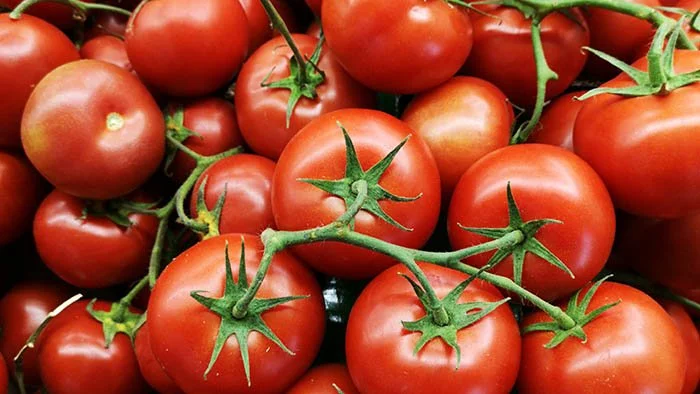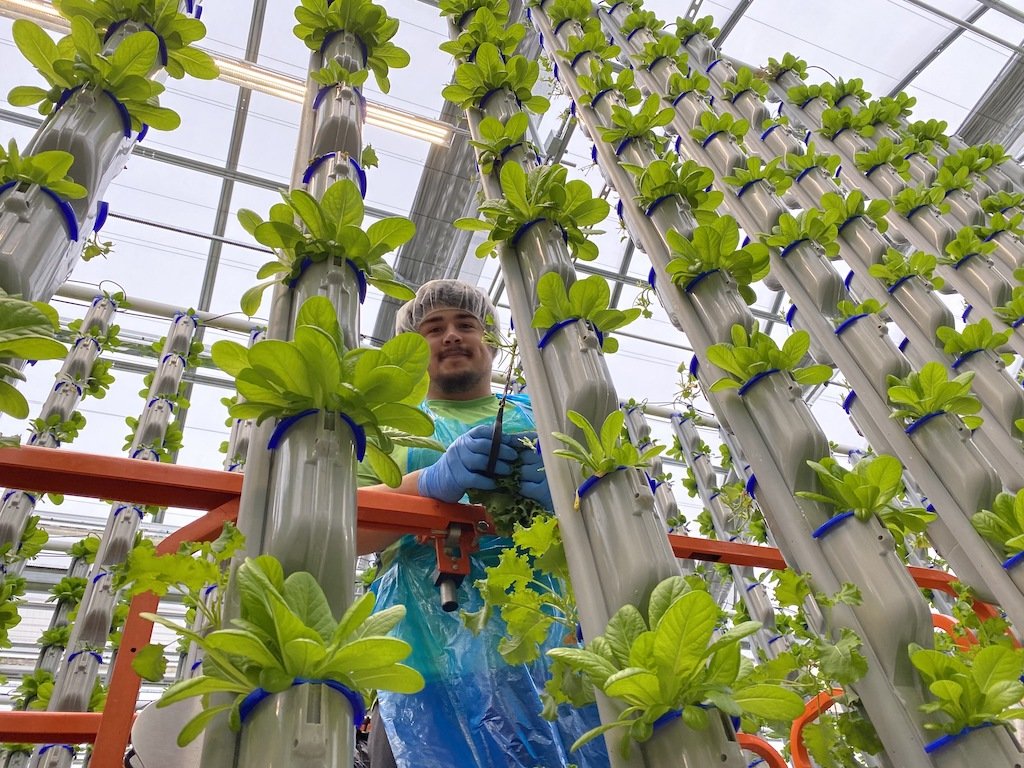Fruity Misconceptions: All the Fruits You Think Are Vegetables
Is a cucumber a fruit? Are olives a fruit? Is zucchini a fruit? When you bite into a crunchy cucumber or slice a bell pepper, you're probably not thinking about the line between fruits and vegetables. Yet, the plant world is full of surprises!
This article peels back the layers of common misconceptions. We'll shed light on why some of our favorite "vegetables" are actually fruits. Join us as we explore the fascinating world of plant biology. You may never look at your grocery basket the same way again!
The Science Behind the Misconception
Is a tomato considered a fruit? A vegetable? What about eggplant or avocado? The mix-up between fruits and vegetables is more than just a trivia question. It's rooted in how we classify plant parts in botany versus how we use them in the kitchen.
Botanically speaking, a fruit is the part of the plant that develops from the flower and contains the seeds. Think of apples, berries, and, yes, even tomatoes! Vegetables, on the other hand, include parts such as leaves (lettuce), stems (celery), roots (carrots), and bulbs (onions).
Fruits play a key role in plant reproduction. They protect the seeds and help with their distribution. When animals eat fruits, they spread the seeds far and wide, aiding the plant's life cycle.
In the kitchen, the lines are drawn differently. Culinary classifications depend on taste and how the food is used in cooking. Fruits are often sweet or tart and used in desserts, snacks, or salads. Vegetables are more likely to be savory and form the basis of main dishes, soups, and sides. This is why tomatoes are often called vegetables, despite being fruits botanically. They're not typically eaten as a sweet treat.
List of Commonly Mistaken Fruits
Many foods we call vegetables are actually fruits. Let's explore eight examples of fruits you think are vegetables.
Tomatoes
Classification: Fruit
Why: Tomatoes develop from the flower of the tomato plant and contain seeds, fitting the botanical definition of a fruit. Their savory flavor leads to their culinary use as vegetables. Yet they're scientifically classified as fruits.
Cucumbers
Classification: Fruit
Why: Tomatoes develop from the flower of the tomato plant and contain seeds, fitting the botanical definition of a fruit. Despite their savory flavor, which leads to their culinary use as vegetables, they're scientifically classified as fruits.
Bell Peppers
Classification: Fruit
Why: Bell peppers are the mature fruits of the Capsicum plant. They come in various colors, including green, red, yellow, and orange. Containing seeds and developing from the blossom, they're categorized as fruits.
Avocados
Classification: Fruit
Why: Avocados are unique in that they're also considered berries. They grow from the flowers of the avocado tree and contain a single large seed. Their creamy texture and nutritional profile make them a favorite "fruit" in many dishes.
Squash and Zucchini
Classification: Fruit
Why: Both squash and zucchini are summer squash varieties that develop from the flowering parts of plants and contain seeds. Their use in savory dishes often leads to their mistaken identity as vegetables.
Pumpkins
Classification: Fruit
Why: Pumpkins belong to the squash family and are indeed fruits. They develop from a flower, contain seeds, and are part of the gourd family. Their association with pies and carving doesn't change their botanical classification.
Olives
Classification: Fruit
Why: Olives grow from the olive tree's flowers and contain a pit, technically a seed, making them fruits. They're pressed for oil or cured and eaten whole, but their savory taste leads many to think of them as vegetables.
Peas
Classification: Fruit
Why: Peas grow inside pods that develop from the ovary of a (pea) flower, a key characteristic of fruits. The pod acts as a protective case for the developing seeds (peas), aligning with the botanical definition of a fruit.
Incorporating Plant Biology into the Classroom
Teaching kids about plant biology can be fun and interactive. Using everyday fruits and vegetables makes the subject relatable and hands-on. Let's dive into how educators can turn a simple snack into a science lesson.
Introduction to Botany with Common Foods
Start with the fruits and veggies kids know and love. A cucumber or tomato slice can lead to a discovery about fruits, seeds, and how plants reproduce. Set up a tasting lab where kids can explore which parts of plants they eat. Is it the root, stem, leaf, or fruit? This hands-on activity not only teaches botany basics but also encourages healthy eating.
Engage students in classification activities. Have them sort various foods into fruits or vegetables based on botanical definitions. It's a practical way to understand how scientists see the plant world. Plus, it sparks curiosity about nature and how food grows.
Partnering with Eden Green for Your School District
Imagine your school's cafeteria filled with fresh, hydroponic vegetables year-round. We have good news: Eden Green can make it happen! Our partnership brings nutritious, sustainably grown fruits and veggies directly to students' plates.
Eden Green Technology offers all the advantages of hydroponics for your school. We supply fresh foods that are rich in nutrients and flavor. By partnering with us, your school district supports local, sustainable agriculture. It also ensures that students enjoy the freshest produce available.
Delicious fresh foods can help inspire students toward healthy eating inside and outside of school. A well-rounded diet in childhood can lead to better health outcomes as they grow into adulthood and beyond.
Join Eden Green in transforming school meals and science classes. This initiative not only educates but also nourishes the next generation. Our partnership provides food alongside a way to engage students with the science behind their snacks.
Together, we can foster a love for learning and a taste for healthy, sustainable eating. Let's cultivate a brighter, healthier future for our children.














